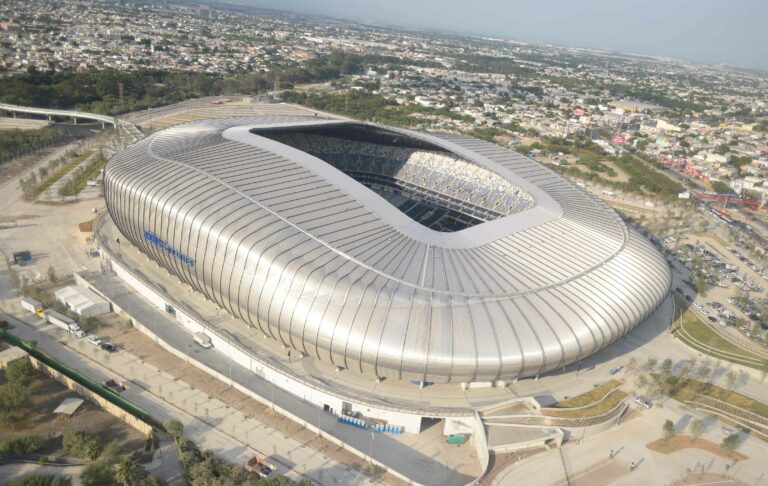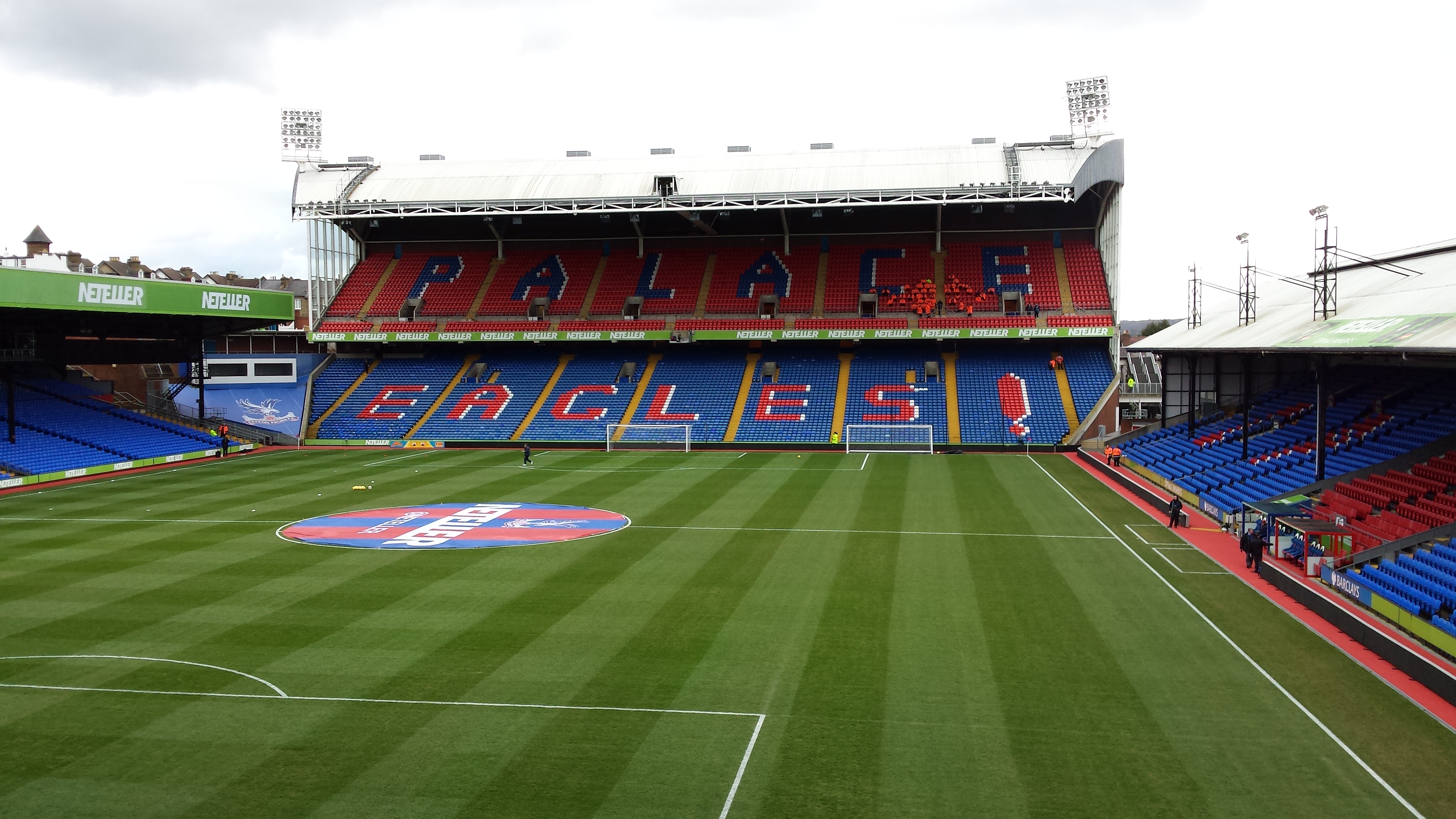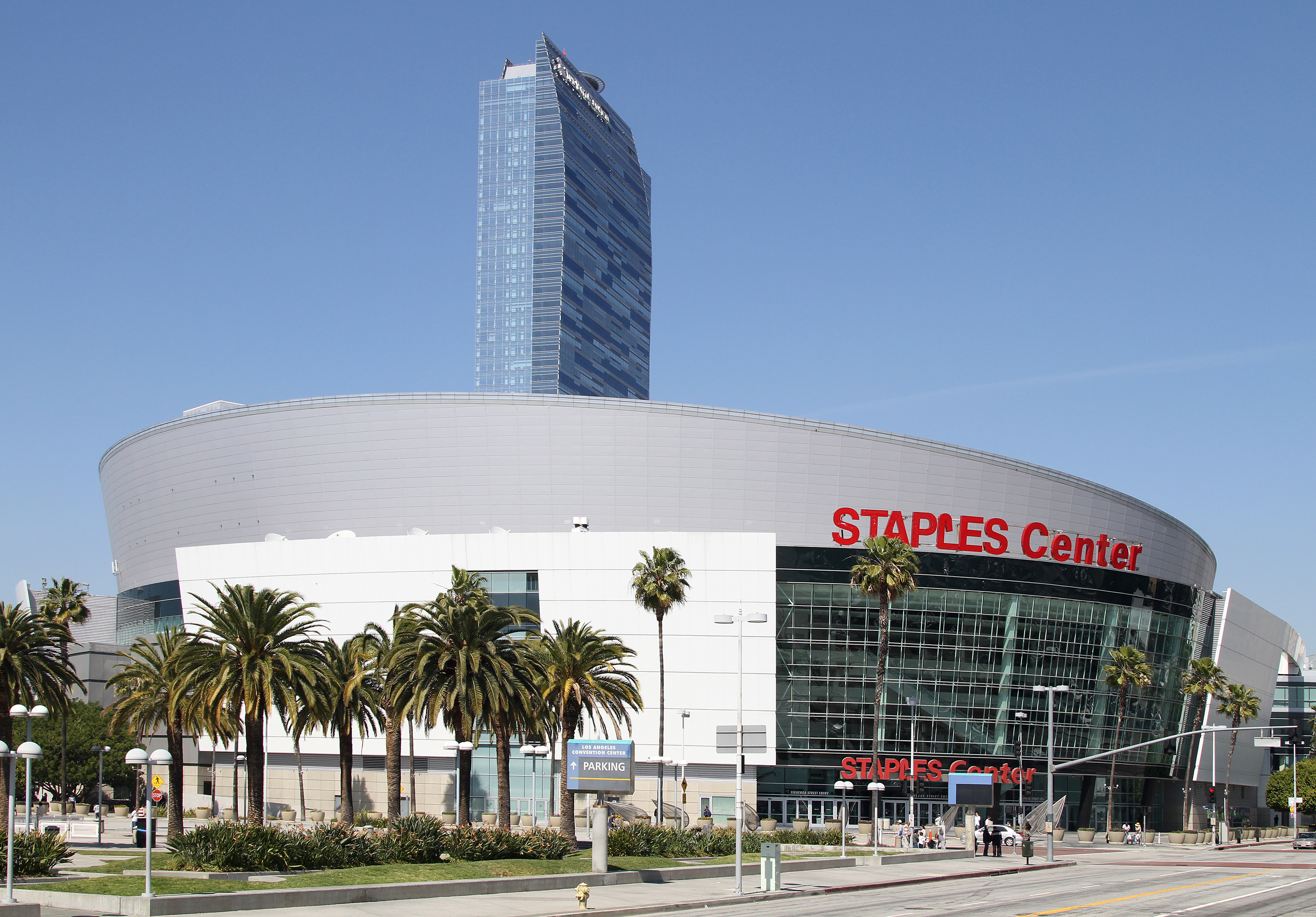Stadium Municipal
- Toulouse, France
- 33.150 places
- Opened in 1949
About this place
The construction of the Stadium was decided when Etienne Billières was Mayor of Toulouse. It is part of the Parc Municipal des Sports designed by the architect Jean Montariol, which also includes the Nakache swimming pool. Construction began in 1937, and the stadium was to be used for the 1938 Football World Cup. Not completed in time for the World Cup, the new Parc des Sports, as it is still called, does not host the games moved to the T.O.E.C. field on the old Parc des Sports2, four kilometers further north. The stadium was finally completed in 1949, the work having been interrupted by the war. It was nicknamed the “little Wembley” because its appearance is reminiscent of the mythical London stadium. A major renovation took place in 1997 for the 1998 World Cup with an increase in capacity to 36,500 seats. Since then, the stadium has been regularly improved; for example, in the summer of 2005, digital advertising panels were installed (the stadium was the second French stadium to be so equipped after the Stade de France), the two giant screens were changed and enlarged, a restaurant and a bodega were created, and in 2007, the concrete seats were replaced by purple and white plastic seats with TFC inscriptions. In 2007, on the occasion of the Champions League, a giant clock counting down the days until “the Champions League will rock the Stadium” was installed. This operation was repeated for the Rugby World Cup 2007.
The most memorable soccer match that took place at the Stadium was the first round of the UEFA Cup between TFC and Napoli of the great Diego Maradona, on October 1st 1986. That night, the Toulouse team, defeated 1-0 in the first leg, came back from behind during the regulation time before qualifying in the penalty shoot-out, to the surprise of everyone. Maradona himself failed to hit the post of the Toulouse goalkeeper Bergeroo in the decisive shot.
Address
1 bis allées Gabriel Biénès
31028 Toulouse,
France
GPS
Lat : 43.5833752
Lng : 1.4341879











